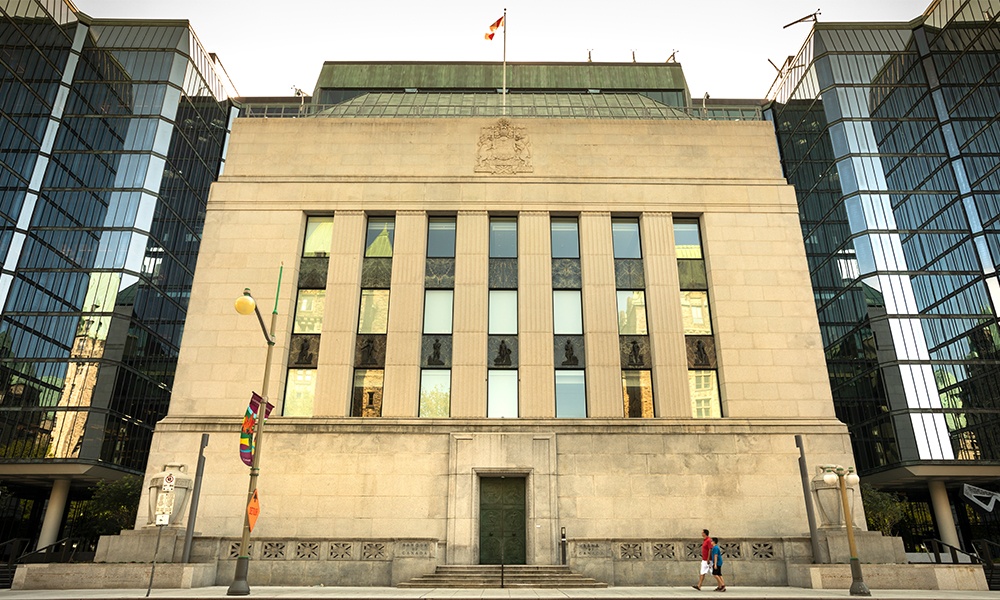Deputy governor also says that Canadians have changed their spending habits making inflation figures unreliable

The optimists talk of a bounceback for the Canadian economy as businesses reopen and adapt to the ‘new normal’.
Meanwhile, the doomsayers predict a long and painful journey out of a deep recession that will take many years and costs thousands of jobs and close some businesses for ever.
So, who’s calling it correctly?
According to the latest statement from the Bank of Canada, there are elements of both scenarios that will shape the Canadian economy over the coming months and years.
Speaking Thursday, deputy governor Lawrence Schembri said that recovery will be in two phases.
Firstly, an initial bounceback as economies reopen and consumers satisfy their pent-up demand for retail and other spending.
“Recent data indicate that a recovery has begun and that a more severe outcome has been averted, thanks to an extraordinary set of actions taken by the federal and provincial governments and the Bank of Canada,” said Schembri.
But the second phase will be a longer and bumpier journey with gradual growth at a speed that is hard to predict. This may be dogged by uneven job growth, where retail and hospitality may find it easier to hire despite being hit the hardest by the pandemic, although the latter is likely to see a slower recovery.
Energy-producing regions may find recovery tougher as there were already struggles pre-COVID.
Women may find returning to work more challenging due to childcare issues.
The housing market is also likely to be impacted by a lack of immigration, a key driver of home sales.
“The uncertainty around this recuperation stage is extraordinary and points toward a recovery that will be gradual and long-lasting as this uncertainty slowly dissipates and household confidence is restored,” added Schembri.
Prices outpacing inflation
The Bank of Canada’s important measure of inflation is based on a basket of typical goods and services but this has changed in recent months.
The deputy governor said that the spending habits of Canadians during lockdown has shifted with spending on necessities including food and cleaning products increasing while less has been spent on cars, shoes, and clothing.
Clearly, spending on restaurants and other leisure activities has come to a standstill.
Schembri also said that the prices that Canadians have paid for goods and services during the lockdown has exceeded the official inflation rate and while this has happened before, it was “particularly acute” in April.



